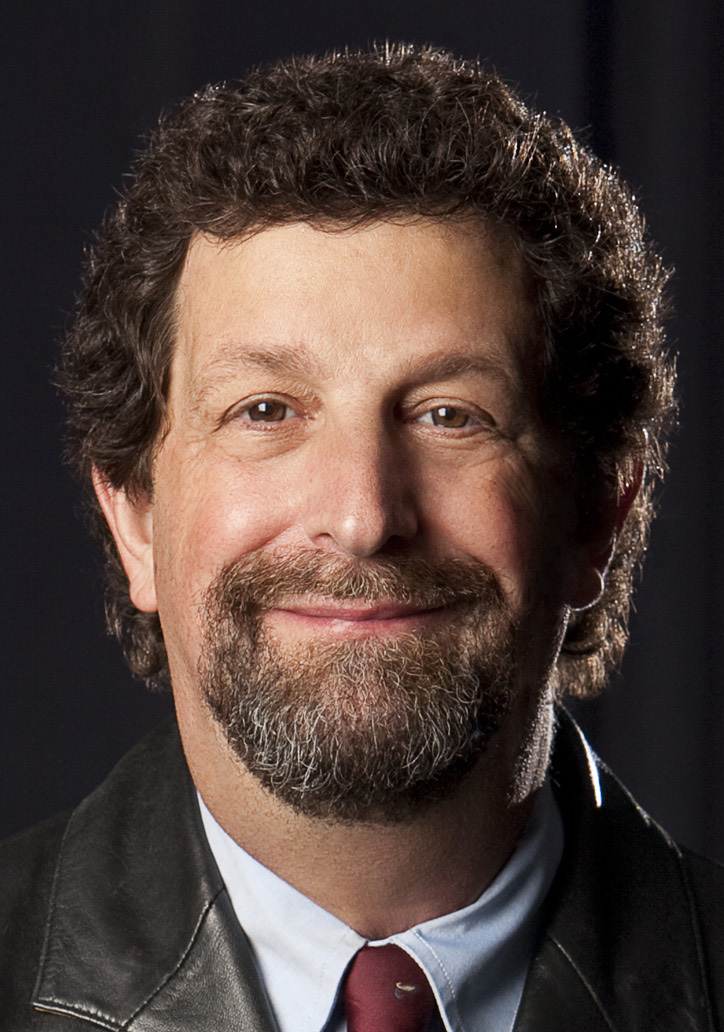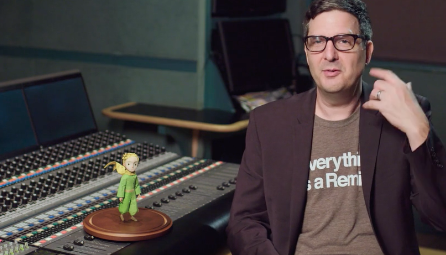The full Press Release reads as follows. It has links to the documents which are behind firewalls. There are still documents to go, some which will follow these from 25-CSS and some from the hallowed halls of 21DC, which typically takes care of the means of putting tools like these into the DCP…but that can’t be talked about…First Rule, and all that. But there is a great interview with Brian Vessa from Aimée Ricca of SMPTE that gives a lot of great info. The link is at the end.

SMPTE Publishes Immersive Audio Standards for Cinema
New Standards Simplify Distribution of Immersive Audio, Ensure Smooth and Consistent Playout on Various Immersive Sound Systems
WHITE PLAINS, N.Y. —Sept. 25, 2018 — SMPTE®, the organization whose standards work has supported a century of advances in entertainment technology and whose membership spans the globe, today announced the publication of new SMPTE ST 2098 standards for immersive audio. The Society has published ST 2098-1:2018, Immersive Audio Metadata; ST 2098-2:2018, Immersive Audio Bitstream Specification; and ST 2098-5:2018, D-Cinema Immersive Audio Channels and Soundfield Groups.
“Immersive audio makes a significant impression on audiences, and because of the real value it adds, we’re seeing an increasing number of movies being mixed for the immersive environment,” said Brian Vessa, founding chair of SMPTE’s Technology Committee on Cinema Sound Systems (TC-25CSS) and executive director of digital audio mastering at Sony Pictures Entertainment. “By supporting delivery of a standardized immersive audio bitstream within a single interoperable digital cinema package, the new SMPTE immersive audio standards simplify distribution while ensuring that cinemas can confidently play out immersive audio on their choice of compliant Immersive sound systems.”
SMPTE ST 2098-1establishes the metadata for use in creating immersive audio content for cinema. The standard defines the metadata items supported in immersive audio content and, when appropriate, the range of values, value precisions, and cardinal values. (The format of the metadata items when carried in a bitstream or file is provided in SMPTE ST 2098-2.)
SMPTE ST 2098-2defines a coded representation (bitstream) that carries the audio essence and metadata necessary to reproduce a complete immersive audio program.
SMPTE ST 2098-5defines names and abbreviations for immersive audio channels and soundfield groups associated with D-Cinema immersive audio presentation. This standard also provides guidance on typical locations of cinema loudspeakers used for immersive audio reproduction.
The new standards for immersive audio are available now in the SMPTE digital library hosted on the IEEE Xplore platform at https://ieeexplore.ieee.org/browse/standards/number/smpte/?queryText=immersive%20audio.
Podcast: Improving the Experience of Sound in the Cinema with Brian Vessa. Aimée Ricca sits down with Brian Vessa, founding chair of SMPTE’s Technology Committee on Cinema Sound Systems (TC-25CSS) and executive director of digital audio mastering at Sony Pictures Entertainment, to discuss the challenges of sound quality in the cinema and the ways that movie theaters can improve sound quality for moviegoers.
Further information about SMPTE and its standards work is available at smpte.org.
For further information,
|
SMPTE Contact: Aimée Ricca Marketing and Communication Tel: +1 914 205 2381 Email: [email protected] Website: smpte.org/media |
